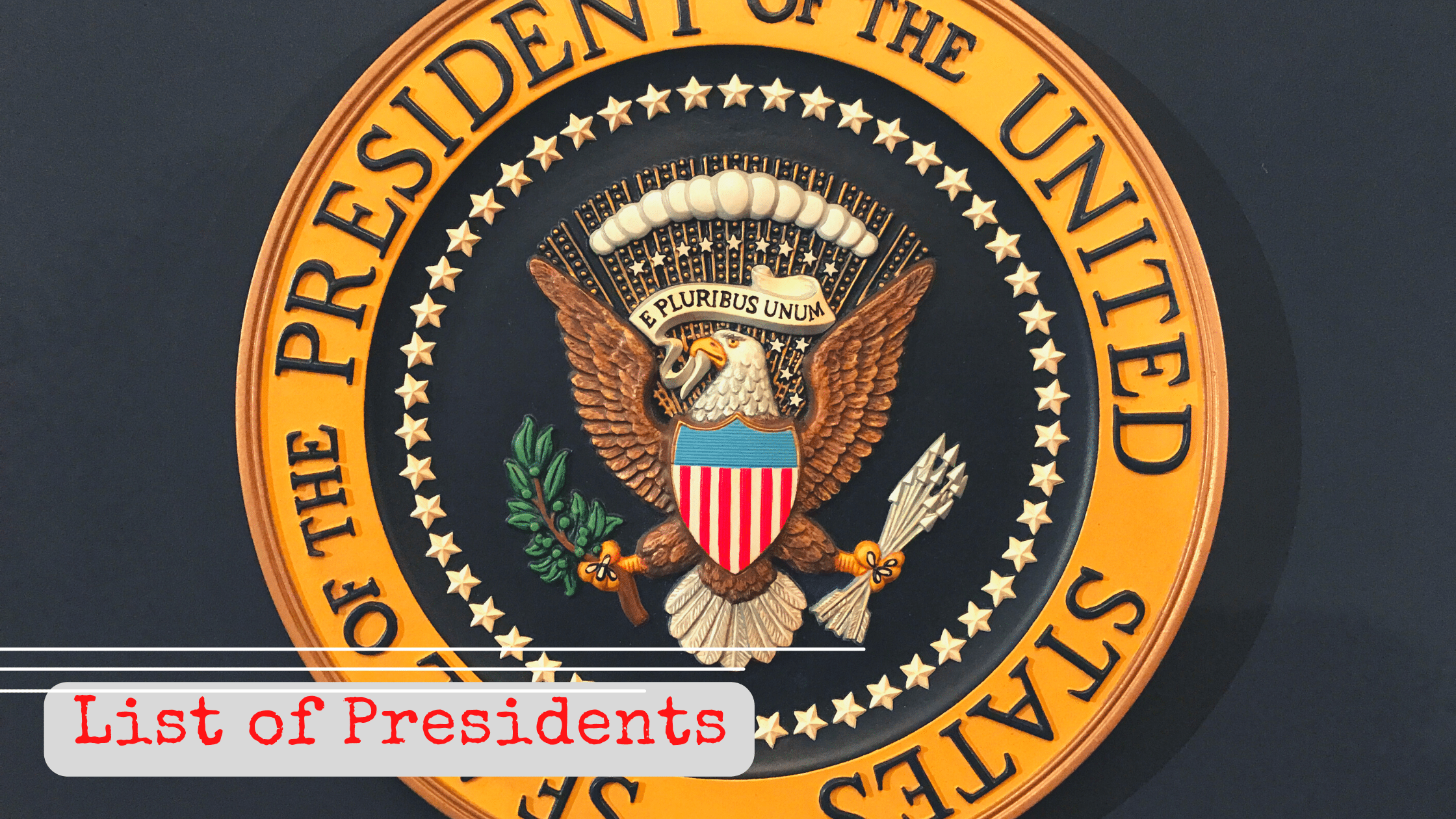The latest presidential polls reveal a tight race between President Joe Biden and former President Donald Trump, with shifting leads depending on the inclusion of third-party candidates.
Short Summary:
- Biden holds a slight edge over Trump according to some polls.
- The inclusion of third-party candidates changes the dynamics significantly.
- Biden faces doubts about his age and mental sharpness.
Complete News:
A comprehensive analysis of recent polls shows a highly competitive presidential race between Joe Biden and Donald Trump, emphasizing voter concerns and the potential impact of third-party candidates.
According to a PBS/NPR/Marist poll, if the election were held today, President Joe Biden would narrowly defeat former President Donald Trump with a margin of 50% to 48%. This survey indicates a slight gain for Biden post his debate with Trump, a contrast to most post-debate polls that have shown a marginal lead for Trump.
Key Poll Findings
The NPR/PBS/Marist survey reflects a margin of error of 3.1 points, suggesting a close contest. Other polling metrics, such as Real Clear Politics and FiveThirtyEight, show Trump leading Biden by 2.7 points and 2.1 points, respectively. These figures represent incremental gains for Trump following their debate.
A collaborative poll by ABC News/Ipsos/Washington Post revealed that Biden and Trump are tied among registered voters. Trump holds a slight edge if Robert F. Kennedy Jr. is included in the race. However, this poll showed a significant portion of voters believing Biden should withdraw from the race—67% think Biden is too old to serve another term as President.
“The question of how to move forward has been well-aired for over a week now. And it’s time for it to end,” President Biden stated in a letter addressed to congressional Democrats, firmly resisting calls to resign his candidacy.
Poll Discrepancies and Age Concerns
The surveys from Emerson College and Morning Consult also show Trump with a modest lead over Biden. Trump’s largest lead comes from a New York Times/Siena College poll, where he leads by six points. This margin represents Trump’s widest lead since he launched his first presidential campaign in 2015.
Wall Street Journal surveys corroborate the New York Times findings, showing Biden trailing Trump significantly. In the seven crucial battleground states likely to determine the winner of the election, a CBS/YouGov post-debate poll indicates Trump leading Biden by three points.
Rep. Nancy Pelosi, D-Calif., noted: “It’s up to the president to decide if he is going to run,” while encouraging Biden to make a timely decision.
Third-Party Candidates and Swing States
The potential influence of third-party candidates such as Robert F. Kennedy Jr., independent Cornell West, and Green Party candidate Jill Stein adds layers of complexity to the polling forecasts. An Emerson poll highlighted that Trump’s lead would extend from two to five points if these candidates were included. A survey by Fox corroborates this finding, showing that third-party candidates could significantly impact the election outcome.
Poll analyst Ruth Igielnik remarked, “Past polling misses can give a sense of the magnitude by which current averages could be wrong, but they are not a guarantee of which way today’s polls may be off.”
Biden’s Support Erosion Among Key Demographics
Surveys consistently indicate Biden is losing support among crucial demographics, such as Black, Latino, and younger voters who were pivotal to his 2020 victory. A Times/Siena/Inquirer poll illustrated Biden’s struggle among Hispanic voters in key battleground states. Similarly, a Pew Research Center poll shows substantial dissatisfaction with the choices for president among voters.
Polling data reveals that while 87% of Trump supporters are relatively satisfied with their candidate, a majority of Biden supporters would prefer new candidates from both parties. This sentiment is echoed by 71% of Biden supporters, indicating a growing dissatisfaction with the current choices.
Potential Replacements and What Lies Ahead
The polls also probe hypothetical scenarios involving potential replacement candidates. Vice President Kamala Harris, California Gov. Gavin Newsom, and Michigan Gov. Gretchen Whitmer are frequently mentioned. Though Vice President Harris fares similarly to Biden against Trump, the actual campaign dynamics remain speculative as voter sentiment could shift markedly with months of campaigning.
Analyzing the impact of third-party candidates, poll expert William P. Davis observed that such candidates can significantly alter the voting landscape. “Third-party candidates present particular challenges for pollsters, and they can be a significant factor in elections,” he noted. Historically, polls have substantially overstated support for third-party candidates, complicating electoral predictions.
Looking Forward
As the campaign season progresses, voters’ attitudes towards the candidates and their policies will continue to evolve. Key dates such as the upcoming Democratic and Republican National Conventions, the second presidential debate, and Election Day will play critical roles in shaping the final outcome.
Both Biden and Trump face substantial scrutiny—with Trump’s campaign overshadowed by multiple legal troubles and Biden’s presidency challenged by concerns over his age and cognitive abilities. The election will not merely be a popularity contest but a decision on who voters perceive as the lesser evil.
In conclusion, the current polling landscape paints an uncertain picture with rapid shifts in voter sentiment. The race is emblematic of broader issues in American politics, reflecting pervasive dissatisfaction and the complexities of third-party dynamics.







